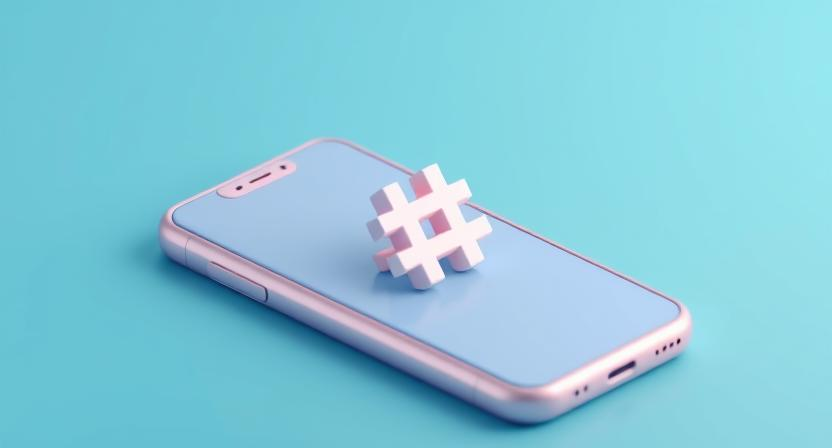Hashtag
The Hashtag, proposed by Chris Messina for Twitter in 2007, became a global tool for organizing content. Adopted by Twitter in 2009, it spread to Instagram and beyond, shaping social media and culture.

The Hashtag: A Tiny Symbol That Tagged the World
In the annals of UI/UX innovation, few inventions have sparked as seismic a shift as the humble "Hashtag." What began as a lone pound sign (#) has morphed into a global tool for organizing, discovering, and amplifying content across social media. This single character reshaped digital communication, turning chaos into clickable order. Let’s explore its origins, impact, and the legacy of a symbol that became a cultural juggernaut.
The Impact: Tagging the Digital Universe
The hashtag’s genius lies in its simplicity: prefix a word with #, and it becomes a searchable link, instantly grouping related posts. Before its rise, sifting through the firehose of social media was a slog—users drowned in unfiltered streams. The hashtag changed that, offering a way to categorize conversations, track trends, and join global dialogues with a tap. From #BlackLivesMatter to #ThrowbackThursday, it’s powered movements, memes, and marketing alike.
Its impact is profound. On platforms like Twitter and Instagram, hashtags turned passive scrolling into active exploration, letting users dive into niches or amplify their voices. They’ve shaped how information spreads, making viral moments traceable and communities discoverable. Beyond tech, the hashtag seeped into culture—spoken aloud, printed on shirts, waved on protest signs. It’s not just a feature; it’s a lens through which we navigate the digital age.
The Origins: From One Tweet to Worldwide Reach
The hashtag’s story begins with Chris Messina, a designer and UX visionary, who pitched the idea on Twitter in August 2007. Working independently, Messina suggested using # to group tweets, inspired by IRC chat channels. His now-famous tweet—“how do you feel about using # (pound) for groups. As in #barcamp [msg]?”—was met with skepticism, but he persisted, advocating for its grassroots adoption. Twitter’s early users embraced it, and by 2009, the platform made hashtags clickable, cementing their place in its ecosystem.
The spark caught fire. Instagram, launched in 2010, supercharged the hashtag’s reach, tying it to visual storytelling. Facebook followed, and soon, every major platform adopted it. Messina, dubbed the “hash godfather,” never patented his idea, letting it spread freely—a choice that fueled its ubiquity. What started as a lone designer’s brainstorm became a cornerstone of social media, proving the power of open innovation.
The Legacy: A Symbol That Sticks
The hashtag’s legacy is its universality. It’s a rare UI/UX experiment that transcended its medium, becoming a cultural artifact. For designers, it’s a lesson in serendipity—how a simple tweak can unlock vast potential. Its flexibility keeps it relevant; whether rallying a cause or branding a campaign, the hashtag adapts. Even as platforms evolve, it remains a shorthand for connection.
From Messina’s 2007 tweet to today’s trending topics, the hashtag has tagged our world in ways few foresaw. It’s a tiny symbol with an outsized footprint—a bridge between technology and humanity, one # at a time.
About the Author
Hina Firdause is a seasoned professional with over eight years of experience in product strategy, cross-sell optimization, and process improvement. Currently based in Bengaluru, she works with Niti AI, where she leverages her expertise to drive innovative solutions. She holds an MBA from the prestigious IIM Kashipur. Passionate about technology and business, she actively engages in discussions on emerging trends, including no-code platforms and fintech disruptors, offering insightful perspectives drawn from her extensive industry experience.
